The Evolution of Music Genres:
- The Moolah Team
- May 1, 2023
- 12 min read
Explore the history and evolution of different music genres, from classical to modern pop, and everything in between.
Learn about the cultural and societal influences that shaped the development of these genres, and how they continue to evolve and merge in today's music landscape.
I. An Introduction to the Evolution of Music Genres
Music is a universal language that transcends cultural and geographical boundaries. It has the power to evoke emotions, spark creativity, and bring people together. Throughout history, music has undergone a constant evolution, with different genres emerging and evolving in response to changing cultural and societal influences.
From the classical music of the Baroque and classical periods to the jazz and rock movements of the 20th century, music has reflected the spirit of its time and place. Each genre has its unique characteristics, cultural significance, and impact on subsequent generations of musicians.
The evolution of music genres is a fascinating subject to explore. It reveals not only the diversity of human creativity but also the interconnectedness of cultures and the role of music in shaping social and political movements.
In this blog post, we will take a closer look at the history and evolution of different music genres, from classical to modern pop, and everything in between. We will examine the cultural and societal influences that shaped the development of these genres, and how they continue to evolve and merge in today's music landscape.
One of the defining characteristics of music is its ability to reflect the cultural and societal values of its time. For example, classical music of the Baroque and classical periods was heavily influenced by the church and the aristocracy. It was considered high culture and was often performed in concert halls for an elite audience. On the other hand, jazz music emerged in African American communities in the southern United States and was associated with social and political movements such as the civil rights movement.
Similarly, rock music of the 1950s and 1960s reflected the rebellious spirit of youth culture and was associated with countercultural movements. Pop music, on the other hand, emerged as a commercialized form of popular music and was characterized by its catchy melodies and danceable beats.
The evolution of music genres is also influenced by technological advancements and globalization. For example, the emergence of electronic music and the rise of streaming platforms have transformed the music industry and created new opportunities for artists to connect with global audiences.
As music genres continue to evolve and merge, it is becoming increasingly difficult to categorize them into neat boxes. Today's music landscape is characterized by a fusion of different genres and styles, creating a diverse and exciting soundscape.
In this blog post, we will delve into the history and evolution of different music genres, exploring their cultural and societal significance and their impact on subsequent generations of musicians. By understanding the evolution of music genres, we can gain a deeper appreciation for the diversity and richness of human creativity, and the role of music in shaping our culture and society.
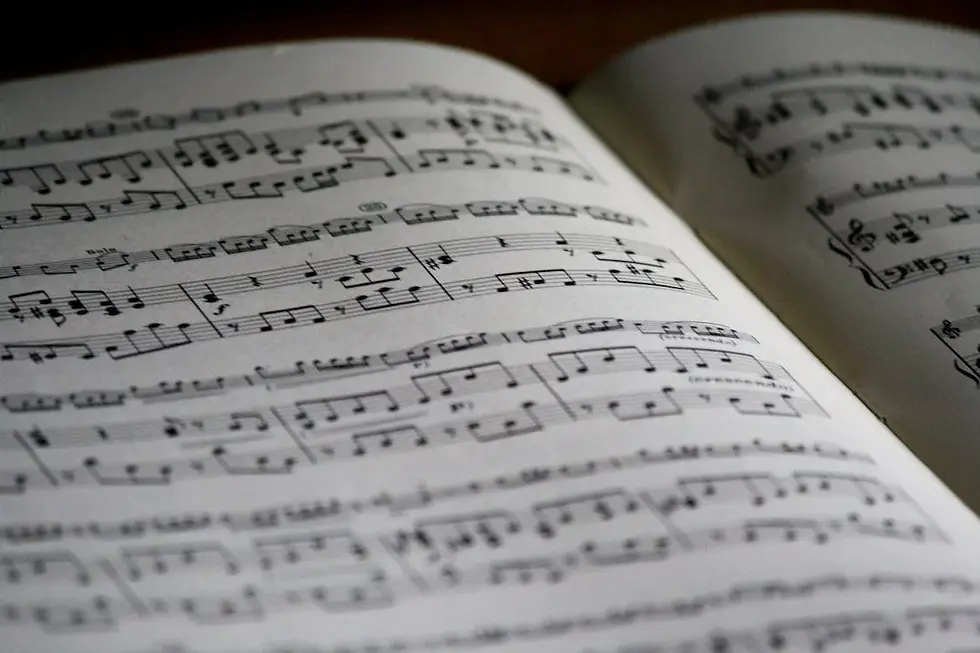
II. The Early Roots of Music: From Monophonic Chant to Polyphonic Harmony
The history of music dates back to prehistoric times when early humans used simple musical instruments such as bone flutes and drums to create rhythmic sounds. Over time, music evolved into more complex forms, with the emergence of vocal and instrumental music and the development of musical notation.
One of the earliest forms of music is monophonic chant, which emerged in the early Christian church. Monophonic chant consists of a single melody sung in unison by a group of singers, without any accompaniment. This simple form of music was designed to enhance the religious experience and create a sense of unity among worshippers.
As music continued to evolve, polyphonic music emerged, featuring multiple melodies sung or played at the same time. This complex form of music was first developed in the Middle Ages and was used primarily in religious contexts. Polyphonic music was characterized by its intricate harmonies and counterpoint, which created a rich and layered sound.
The Renaissance period saw a revival of interest in polyphonic music, with composers such as Giovanni Pierluigi da Palestrina and William Byrd creating some of the most beautiful and intricate polyphonic music of all time. The Baroque period saw the emergence of the concerto and opera, with composers such as Johann Sebastian Bach and George Frideric Handel pushing the boundaries of musical expression and technique.
The classical period marked a shift towards simpler forms of music, with a focus on balance, symmetry, and clarity. Composers such as Wolfgang Amadeus Mozart and Ludwig van Beethoven created some of the most iconic works of classical music, characterized by their elegance and beauty.
The Romantic period saw a return to the emotional and expressive qualities of music, with composers such as Frederic Chopin and Gustav Mahler creating music that was characterized by its passion and intensity. The 20th century saw the emergence of new forms of music, such as jazz, rock, and electronic music, which continue to evolve and shape the musical landscape of today.
The evolution of music from monophonic chant to polyphonic harmony reflects the changing cultural and societal influences on music. From the early days of music in the church to the emergence of new forms of music in the 20th century, music has always been a reflection of the times and a means of expressing the human experience.
By understanding the early roots of music, we can gain a deeper appreciation for the complexity and richness of musical expression. From the simple melodies of monophonic chant to the intricate harmonies of polyphonic music, music has the power to evoke emotions and connect us to our cultural and historical roots.
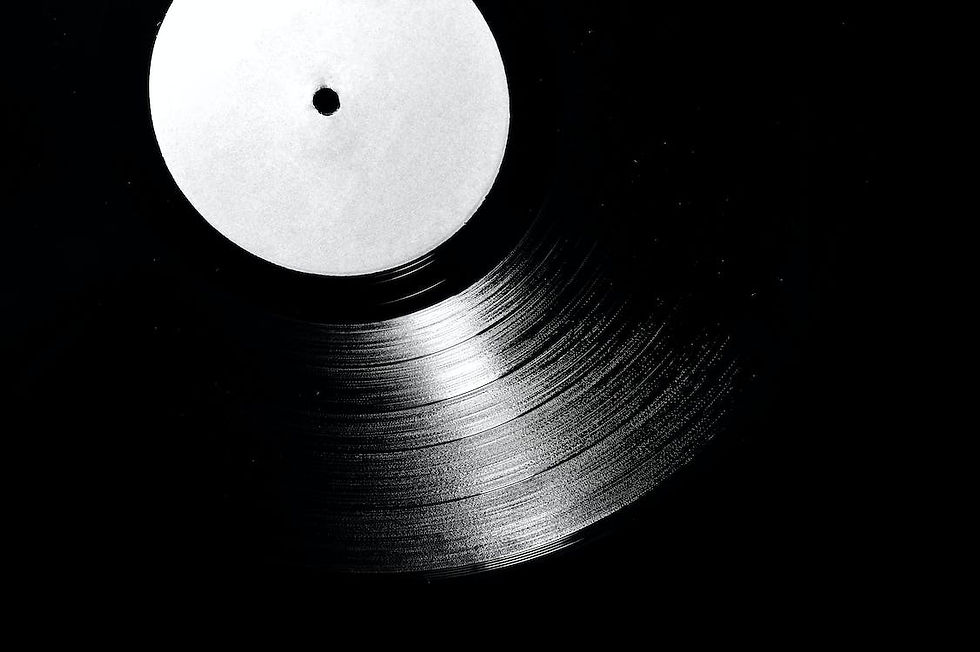
III. The Emergence of Popular Music: From Ragtime to Rock and Roll
The 20th century saw the emergence of new forms of music that were designed for popular consumption. These forms of music, such as jazz, blues, and rock and roll, were characterized by their simple melodies, catchy rhythms, and a focus on entertaining audiences.
One of the earliest forms of popular music was ragtime, which emerged in the United States in the late 19th century. Ragtime was characterized by its syncopated rhythms and was often played on the piano. Ragtime music was hugely popular in the early 20th century and paved the way for the emergence of other forms of popular music.
Jazz emerged in the early 20th century and was heavily influenced by African American musical traditions. Jazz was characterized by its improvisational style and use of syncopated rhythms. Jazz became hugely popular in the United States in the 1920s and 1930s and had a major influence on the development of other forms of music, such as swing and big band.
The 1950s saw the emergence of rock and roll, a form of music that was heavily influenced by rhythm and blues and country music. Rock and roll was characterized by its driving rhythms and use of electric guitars. The emergence of rock and roll marked a major shift in popular music, with many young people embracing the new form of music and rejecting the more traditional forms of music that had dominated in the past.
The 1960s saw the emergence of new forms of music, such as soul, funk, and psychedelic rock. The Beatles, one of the most popular bands of all time, helped to popularize the psychedelic rock movement with their ground-breaking album "Sgt. Pepper's Lonely Hearts Club Band."
The 1970s saw the emergence of new forms of music, such as disco and punk rock. Disco was characterized by its upbeat rhythms and was hugely popular in dance clubs. Punk rock, on the other hand, was characterized by its raw energy and anti-establishment attitude.
The 1980s saw the emergence of new forms of music, such as hip hop and electronic dance music. Hip hop was characterized by its use of rapping and sampling, while electronic dance music was characterized by its use of synthesizers and drum machines.
The emergence of popular music reflects the changing cultural and societal influences on music. From the early days of ragtime to the emergence of electronic dance music, popular music has always been a reflection of the times and a means of expressing the human experience.
By understanding the emergence of popular music, we can gain a deeper appreciation for the diversity and richness of musical expression. From the syncopated rhythms of jazz to the driving rhythms of rock and roll, popular music has the power to connect us to our cultural and historical roots and to bring people together through the shared experience of music.

IV. The Rise of Pop Music: From Bubble-gum to Modern Pop
Pop music is a genre that is characterized by its catchy melodies, simple song structures, and wide appeal. Pop music has its roots in the 1950s and 1960s, when rock and roll was at its peak and the music industry was looking for ways to capitalize on its popularity.
One of the earliest forms of pop music was bubble-gum pop, which emerged in the late 1960s and early 1970s. Bubble-gum pop was characterized by its upbeat melodies and simple lyrics, which were often targeted towards a younger audience. Some of the most popular bubble-gum pop bands of the time included The Archies and The Monkees.
In the 1980s, pop music underwent a major transformation with the emergence of MTV and the rise of the music video. This allowed pop stars to showcase not just their music, but also their style and image. Some of the most popular pop stars of the time included Michael Jackson, Madonna, and Prince.
The 1990s saw the emergence of boy bands and girl groups, such as Backstreet Boys, NSYNC, Spice Girls, and Destiny's Child. These groups were characterized by their synchronized dance moves, catchy melodies, and a focus on image and style.
In the early 2000s, pop music underwent another major transformation with the rise of digital technology and the internet. This allowed for a wider distribution of music and gave rise to new forms of pop music, such as EDM (electronic dance music) and K-pop (Korean pop music).
Today, pop music continues to dominate the music industry with the likes of Taylor Swift, Ariana Grande, and Billie Eilish among the most popular artists. Pop music has evolved over time to reflect the changing tastes of audiences and the influence of technology on the music industry.
Despite its often-criticized reputation for being shallow or formulaic, pop music has the power to connect people from all walks of life through its universal appeal and catchy melodies. Its ability to capture the spirit of the times and reflect the cultural and societal influences on music make it a fascinating genre to explore and appreciate.

V. The Diverse World of World Music
World music is a term used to describe a broad range of musical styles and genres that have roots in various regions of the world. It encompasses everything from traditional folk music to modern fusion styles, and often incorporates elements of indigenous, regional, and ethnic music.
The term "world music" was first coined in the 1960s as a way of describing non-Western music that was becoming increasingly popular in the Western world. The genre gained mainstream recognition in the 1980s and 1990s, as artists such as Peter Gabriel and Paul Simon began incorporating elements of world music into their own music.
One of the defining features of world music is its diversity. It encompasses a vast range of styles and sounds, each with its own unique cultural and historical significance. For example, African music is known for its complex rhythms and percussive instruments, while Indian music is characterized by its use of the sitar and tabla.
Another key aspect of world music is its ability to bridge cultural divides and promote cultural exchange. In many cases, world music has been used as a means of promoting cultural understanding and tolerance between different groups of people. For example, the annual WOMAD (World of Music, Arts, and Dance) festival was established in the 1980s as a way of promoting world music and cultural diversity.
In recent years, world music has continued to evolve and adapt to new trends and technologies. Many contemporary world music artists are incorporating electronic and digital elements into their music, creating new hybrid styles that blend traditional and modern sounds.
Despite its diverse and varied nature, world music remains a relatively niche genre, with a smaller audience than other mainstream genres such as pop or hip hop. However, its cultural significance and importance as a means of promoting cross-cultural understanding and appreciation cannot be overstated.
In conclusion, world music is a vast and diverse genre that encompasses a wide range of styles and sounds from all corners of the globe. Its ability to promote cultural understanding and tolerance, as well as its adaptability to new trends and technologies, make it a fascinating and important genre to explore and appreciate.

VI. The Rise of Electronic Dance Music
Electronic dance music (EDM) is a genre that has exploded in popularity in recent years, particularly among younger audiences. It is characterized by its heavy use of electronic instruments and computer-generated sounds, and is often associated with high-energy, danceable beats.
EDM has its roots in the late 1970s and early 1980s, when electronic instruments such as synthesizers and drum machines began to gain popularity. Artists such as Kraftwerk and Giorgio Moroder were among the pioneers of the genre, using these new instruments to create innovative and futuristic sounds.
Throughout the 1980s and 1990s, EDM continued to evolve and expand, with subgenres such as techno, house, and trance emerging and gaining popularity. The rise of the internet and digital music technologies in the 2000s further accelerated the growth of EDM, allowing for wider distribution and easier access to new and emerging artists.
Today, EDM has become a global phenomenon, with festivals such as Ultra, Tomorrowland, and Electric Daisy Carnival drawing hundreds of thousands of fans from around the world. The genre has also been embraced by mainstream pop artists, with EDM-inspired songs topping the charts and collaborations between EDM producers and pop stars becoming increasingly common.
One of the factors driving the popularity of EDM is its ability to create a sense of community and shared experience among its fans. The high-energy, euphoric nature of EDM music, combined with the immersive and visually stunning production of EDM festivals, creates a sense of collective euphoria and connection among those in attendance.
Another factor contributing to the rise of EDM is its embrace of technology and innovation. EDM producers and DJs are constantly pushing the boundaries of what is possible with electronic music, incorporating new and emerging technologies into their work and constantly experimenting with new sounds and techniques.
However, the rise of EDM has not been without its controversies. Some critics have raised concerns about the commercialization of the genre and the prioritization of spectacle over substance. Others have criticized the use of drugs such as MDMA (also known as "ecstasy") at EDM events, and have raised concerns about the potential health risks associated with these substances.
Despite these controversies, EDM remains one of the most vibrant and innovative genres in contemporary music. Its ability to create a sense of community and shared experience, as well as its embrace of technology and innovation, have helped to make it a defining cultural phenomenon of the 21st century.
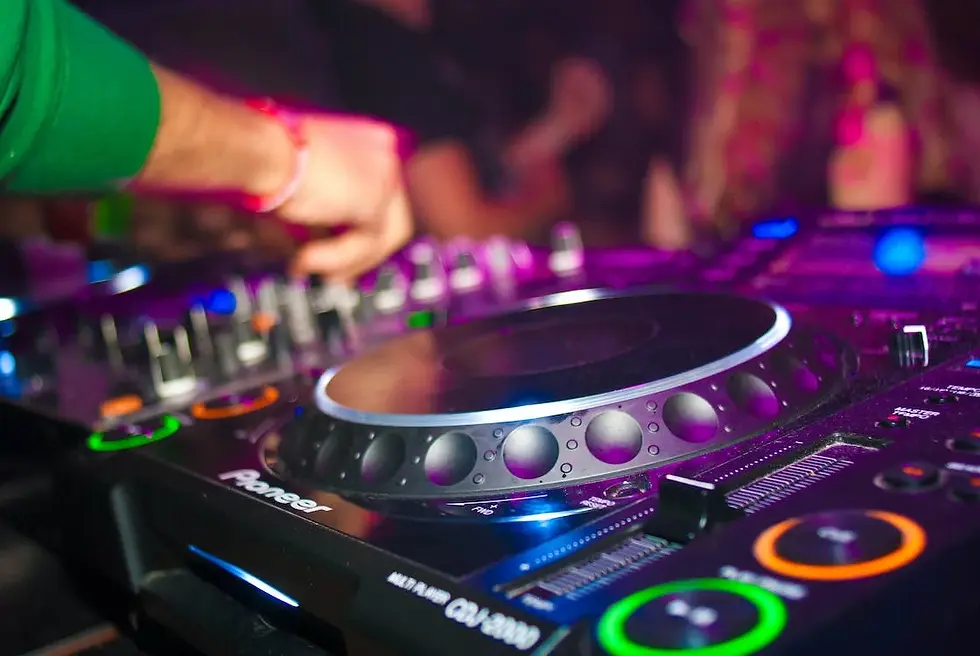
VII. The Future of Music: Exploring Emerging Trends and Innovations
Music, like any other art form, is constantly evolving. As technology advances and cultures merge, we can expect to see new genres and styles emerge in the future. One emerging trend that is already making waves in the music industry is the use of artificial intelligence in creating music.
AI-powered music is created using algorithms that can analyse patterns and create new compositions based on them. While some musicians and purists may scoff at the idea of machines creating music, AI-generated music has already been used in film scores and video game soundtracks.
Another trend that is likely to become more prominent in the future is the use of virtual reality (VR) and augmented reality (AR) in music. With VR and AR technology, music concerts can be experienced in an entirely new way. Imagine being able to attend a concert from the comfort of your own home, but feeling like you're right there in the front row. Or being able to interact with the performers in real-time through VR.
In addition to technological innovations, we can expect to see a continued blending of genres in the future. As cultures continue to mix and global communication becomes more accessible, we are likely to see new styles and fusions emerge. Already, we are seeing genres like K-pop and Afrobeats gaining popularity worldwide.
In conclusion, the future of music is exciting and full of potential. With the use of AI, VR, and AR, we can expect to see new ways of experiencing and creating music. And with continued cultural exchange, we can expect to see new fusions and styles emerge. While we can never predict exactly what the future of music will look like, we can be sure that it will continue to evolve and reflect the changing times.
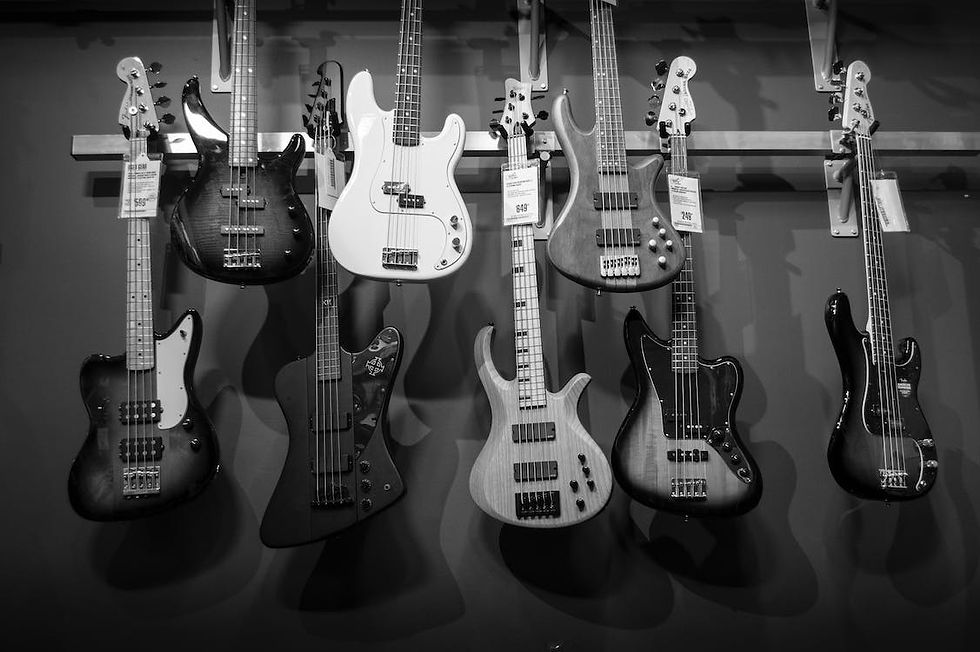
VIII. Conclusion: The Enduring Power of Music
Throughout history, music has served as a reflection of culture, a means of self-expression, and a source of entertainment. From the earliest forms of music in ancient civilizations to the diverse genres of today, music has been a constant presence in human society.
One of the most fascinating aspects of music is its ability to transcend time and cultural boundaries. Despite the vast differences between cultures and eras, certain musical themes and motifs have endured throughout history. For example, the use of rhythm and melody to convey emotion and tell stories is a universal aspect of music that can be found in virtually every culture.
Furthermore, the evolution of music genres over time illustrates how music reflects the changing times and attitudes of society. For example, the rise of hip hop in the late 20th century reflected the struggles of African American communities in inner cities, while the popularity of electronic dance music in the 21st century reflects the increasing influence of technology and globalization.
But perhaps the most enduring aspect of music is its ability to evoke emotion and bring people together. Music has the power to unite people across cultures and languages, to inspire joy or sadness, and to provide a sense of community and belonging.
In a world that can often feel divided and isolated, music serves as a reminder of our shared humanity. Whether it's through attending concerts, singing in choirs, or simply listening to our favourite songs, music has the power to bring people together and create a sense of unity and connection.
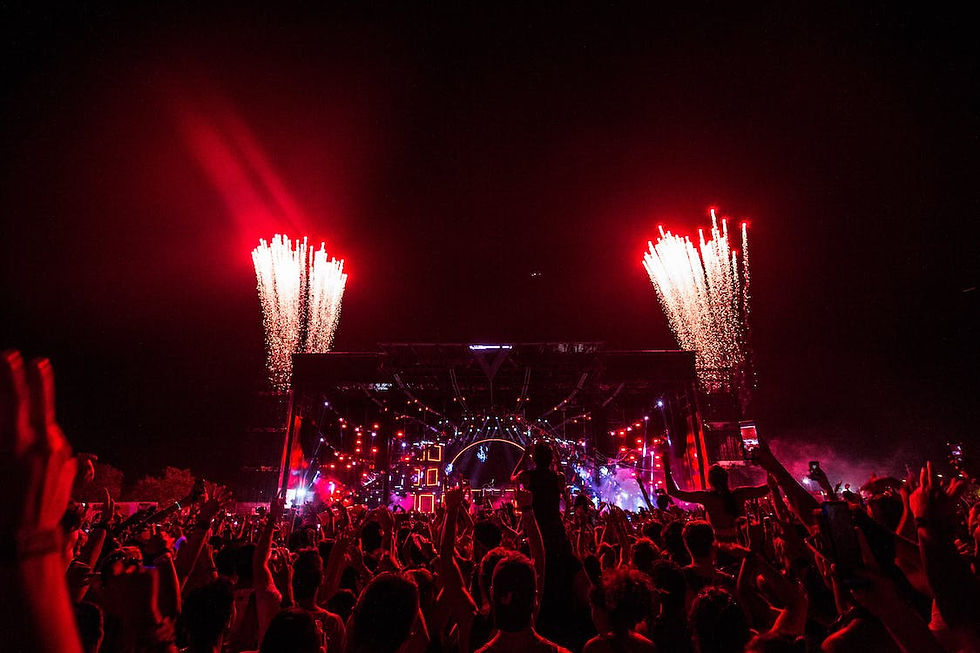
In conclusion, the evolution of music genres is a fascinating topic that reflects the changing times and cultural influences of our society. From classical to modern pop, every genre has its unique history, characteristics, and impact on the music landscape. By exploring the origins and evolution of different genres, we can gain a deeper understanding and appreciation of the music we love. We hope you enjoyed reading this post and learned something new. If you did, please consider subscribing to our newsletter for more exciting content like this. Thanks for reading!
Best regards,
Moolah







Comments